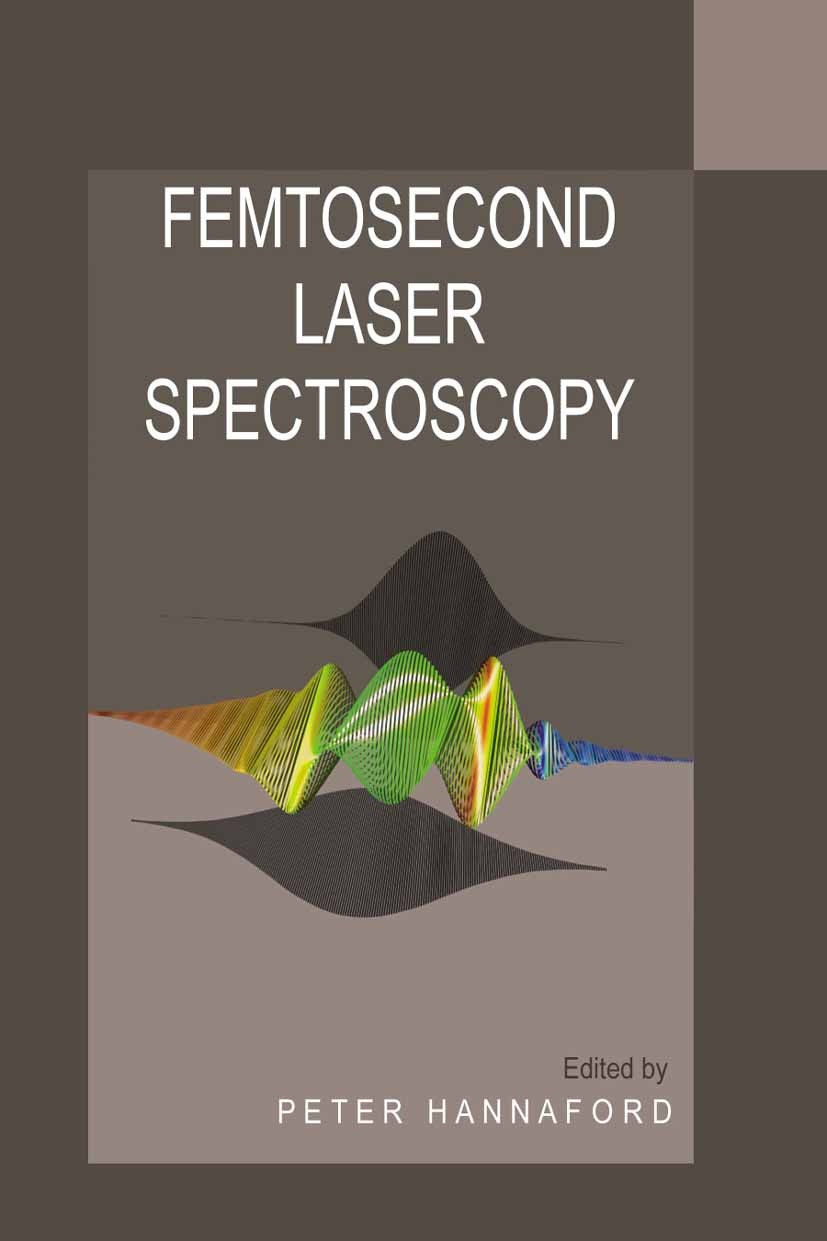| 书目名称 | Femtosecond Laser Spectroscopy | | 编辑 | Peter Hannaford | | 视频video | http://file.papertrans.cn/342/341982/341982.mp4 | | 概述 | There are no similar up-to-date books on the important topics of the latest advances in ultrafast lasers, the measurement of ultrashort laser pulses, spectroscopy and femtosecond combs, and the applic | | 图书封面 |  | | 描述 | The embryonic development of femtoscience stems from advances made in the generation of ultrashort laser pulses. Beginning with mode-locking of glass lasers in the 1960s, the development of dye lasers brought the pulse width down from picoseconds to femtoseconds. The breakthrough in solid state laser pulse generation provided the current reliable table-top laser systems capable of average power of about 1 watt, and peak power density of easily watts per square centimeter, with pulse widths in the range of four to eight femtoseconds. Pulses with peak power density reaching watts per square centimeter have been achieved in laboratory settings and, more recently, pulses of sub-femtosecond duration have been successfully generated. As concepts and methodologies have evolved over the past two decades, the realm of ultrafast science has become vast and exciting and has impacted many areas of chemistry, biology and physics, and other fields such as materials science, electrical engineering, and optical communication. In molecular science the explosive growth of this research is for fundamental reasons. In femtochemistry and femtobiology chemical bonds form and break on the femtosecond tim | | 出版日期 | Book 2005 | | 关键词 | laser; laser spectroscopy; laser technology; spectroscopy; thin films | | 版次 | 1 | | doi | https://doi.org/10.1007/b101192 | | isbn_softcover | 978-1-4419-3601-1 | | isbn_ebook | 978-0-387-23294-2 | | copyright | Springer-Verlag US 2005 |
The information of publication is updating

|
|
 |Archiver|手机版|小黑屋|
派博传思国际
( 京公网安备110108008328)
GMT+8, 2025-11-12 12:45
|Archiver|手机版|小黑屋|
派博传思国际
( 京公网安备110108008328)
GMT+8, 2025-11-12 12:45


